Book: Hadid, Complete Works 1979–2009
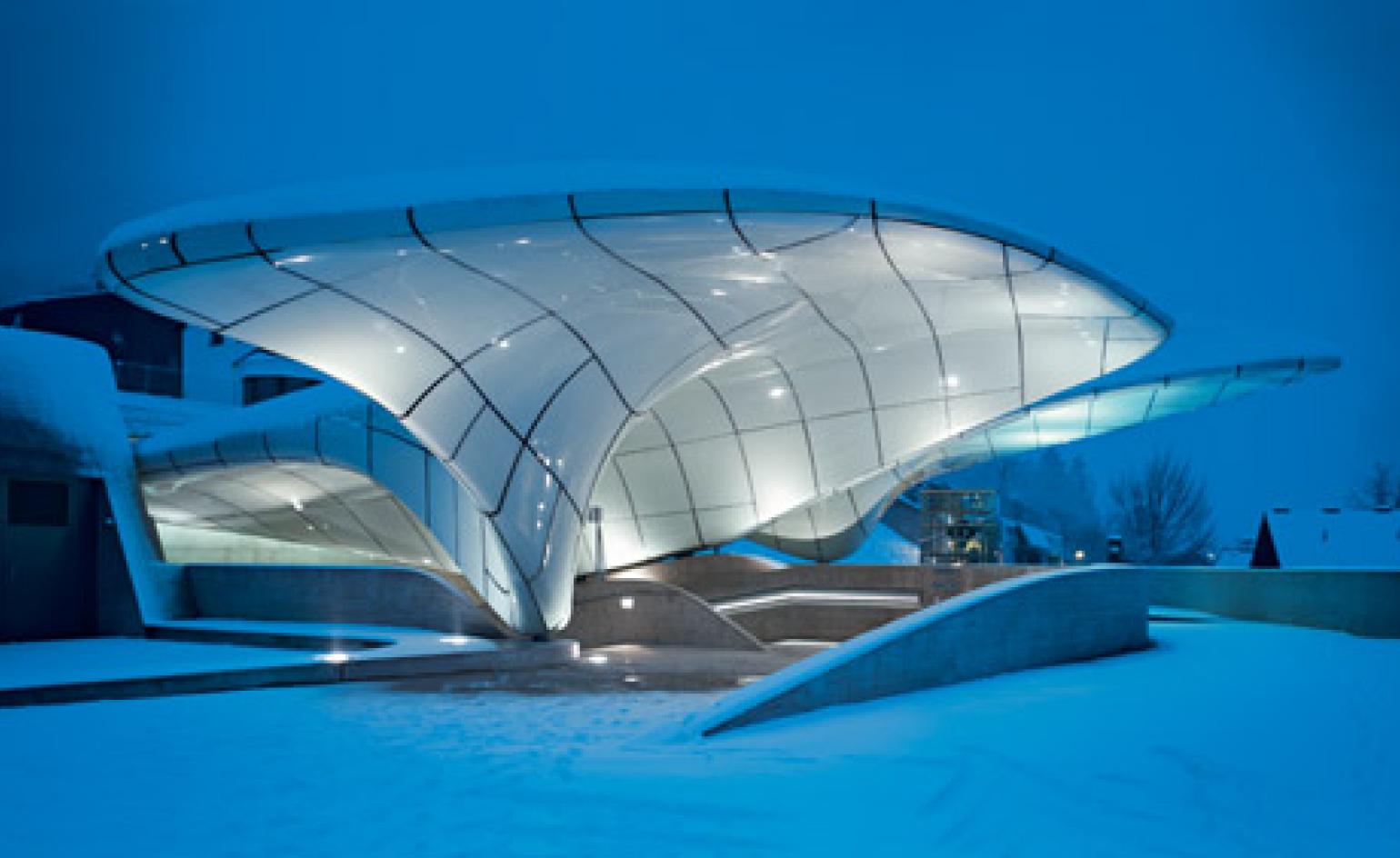
Taschen's titanic 'complete works' series gets a welcome addition in the form of a monumental monograph on the works of Zaha Hadid. Complete Works 1979 to 2009 charts three decades of an evolving aesthetic that initially seemed destined to remain confined to paper.
We have three of these titanic tomes to give away. Simply sign up to our newsletter at the bottom of this page before the 1st September, and you will be automatically entered into a draw to win.
Take a look inside Hadid's titanic 'complete works'
Early work
Hadid's early work was a breath of fresh air in the post modernist-clogged 1980s, at a time when hi tech was just starting to turn bland and the halcyon days of modernist exuberance were all but forgotten. It was also a pre-digital era, with Hadid making her very singular marks through the medium of painting, drawing on the heroic abstractions of the Russian Constructivists. Her work had to be deciphered; the tilting, panning and swooping we now all take for granted was taking place entirely inside the architect's head.
As a result of this complexity, real work seemed hard to come by. High profile competition wins translated into equally high profile disappointments, saddling Hadid with an unfair reputation as purveyor of the unbuildable. But then slowly and surely, the buildings began to arrive, with modest commissions like the Vitra Fire Station leading to larger and larger works.
Cincinnati's Contemporary Arts Center (2003) was perhaps her breakthrough into the big league, a cultural centre that was also an adept piece of urbanism, without obvious resort to the shallow, eye-popping iconism that subsequently became so fashionable.
Receive our daily digest of inspiration, escapism and design stories from around the world direct to your inbox.
The modern age
Working in close collaboration with Patrik Schumacher, as well as a veritable army of digitally adept designers, Hadid's work is utterly characteristic of the modern age; dynamic, flowing forms that create a kind of digital baroque, in love with spatial intrigue, material advances and, above all, the advances in computing and manufacture that have allowed a literal transition from screen to the physical realm.
Today we're almost inured to the many imitators of these extravagant shapes, as they make their way from lush computer renders to dramatic reality, joined by the veritable constellation of domestic goods that Hadid has had a hand in creating along the way. The originals are still the best, however.
The Complete Works
Complete Works collects them all, wrapped up a text by Taschen's regular architecture scribe Philip Jodidio. The large format gives her drawings, paintings and models room to breathe, leading you through 100-odd pages of architectural 'what-ifs' before the first built interiors start to arrive.
In the past five years, Hadid has taken her place at world architecture's high table, with the Pritzker Prize in the bag and commissions on almost every continent (although admittedly, there are plenty of projects here that may never see the light of day, thanks to over-optimistic clients in the pre-crunch era). Complete Works serves as a fascinating record of architectural fame, the slow ascent to recognition following by a glowing stardom that looks set to burn brightly for many decades to come.
Ellie Stathaki is the Architecture & Environment Director at Wallpaper*. She trained as an architect at the Aristotle University of Thessaloniki in Greece and studied architectural history at the Bartlett in London. Now an established journalist, she has been a member of the Wallpaper* team since 2006, visiting buildings across the globe and interviewing leading architects such as Tadao Ando and Rem Koolhaas. Ellie has also taken part in judging panels, moderated events, curated shows and contributed in books, such as The Contemporary House (Thames & Hudson, 2018), Glenn Sestig Architecture Diary (2020) and House London (2022).
-
 Usher opens up about breakfast playlists, banana pudding and why a glass tumbler is always on his rider
Usher opens up about breakfast playlists, banana pudding and why a glass tumbler is always on his riderOn the heels of a collaboration with Baccarat, the Grammy-winning singer-songwriter breaks down his entertaining tips. 'Hosting is an expression of how you feel about your guests and also who you are.'
-
 The beauty trends that will define 2026, from ultra-niche fragrances to anti-ageing dental care
The beauty trends that will define 2026, from ultra-niche fragrances to anti-ageing dental careAs we enter the new year, we speak to experts in fragrance, skincare, aesthetics, wellness and more about the trends that will be shaping the way we look
-
 The most stylish hotel debuts of 2025
The most stylish hotel debuts of 2025A Wallpaper* edit of this year’s defining hotel openings. Design-led stays to shape your next escape
-
 David Kohn’s first book, ‘Stages’, is unpredictable, experimental and informative
David Kohn’s first book, ‘Stages’, is unpredictable, experimental and informativeThe first book on David Kohn Architects focuses on the work of the award-winning London-based practice; ‘Stages’ is an innovative monograph in 12 parts
-
 Explore Tom Kundig’s unusual houses, from studios on wheels to cabins slotted into boulders
Explore Tom Kundig’s unusual houses, from studios on wheels to cabins slotted into bouldersThe American architect’s entire residential portfolio is the subject of a comprehensive new book, ‘Tom Kundig: Complete Houses’
-
 A new photo book explores the symbolic beauty of the Japanese garden
A new photo book explores the symbolic beauty of the Japanese garden‘Modern Japanese Gardens’ from Thames & Hudson traces the 20th-century evolution of these serene spaces, where every element has a purpose
-
 Modernist Travel Guide: a handy companion to explore modernism across the globe
Modernist Travel Guide: a handy companion to explore modernism across the globe‘Modernist Travel Guide’, a handy new pocket-sized book for travel lovers and modernist architecture fans, comes courtesy of Wallpaper* contributor Adam Štěch and his passion for modernism
-
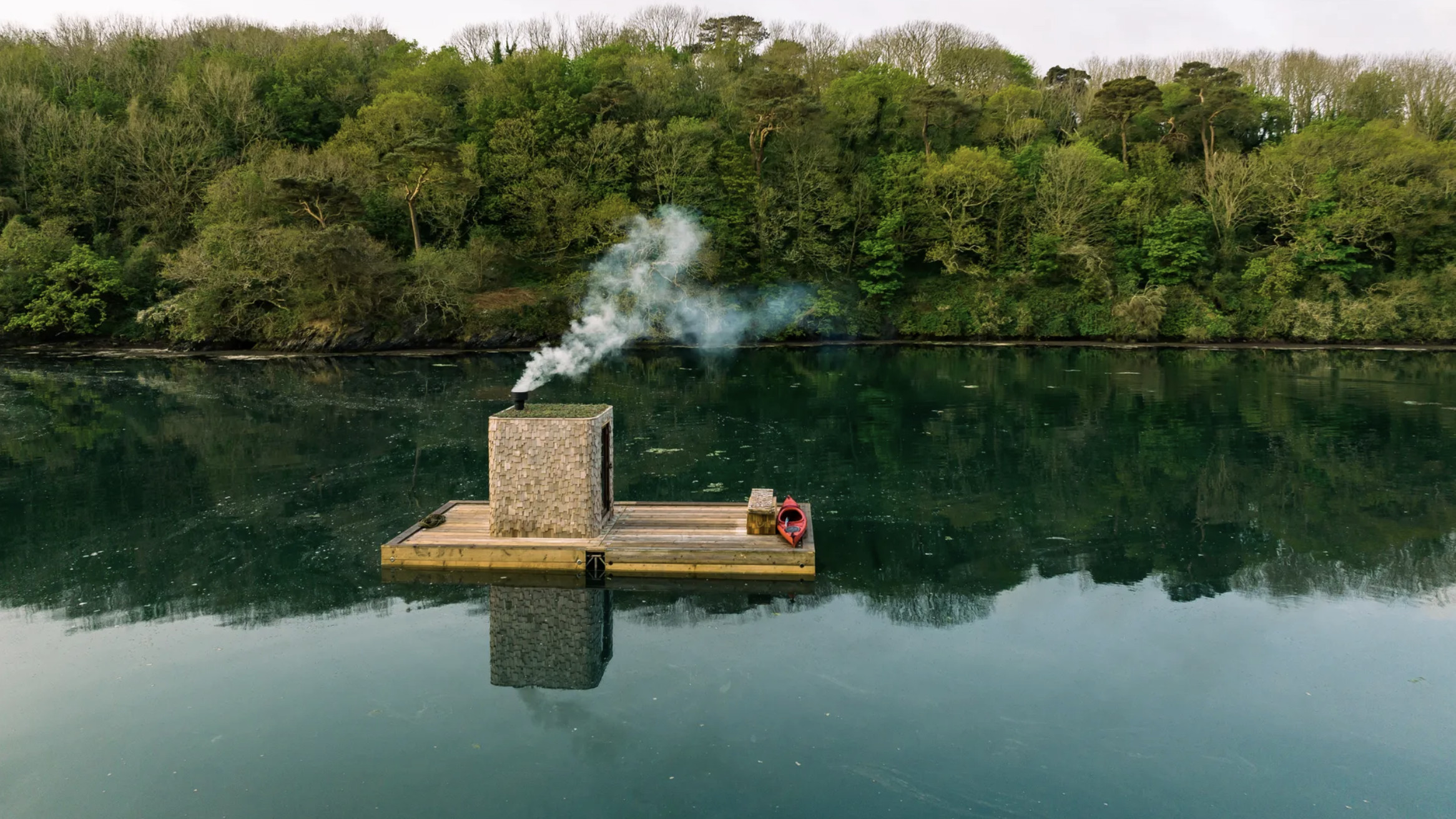 Wild sauna, anyone? The ultimate guide to exploring deep heat in the UK outdoors
Wild sauna, anyone? The ultimate guide to exploring deep heat in the UK outdoors‘Wild Sauna’, a new book exploring the finest outdoor establishments for the ultimate deep-heat experience in the UK, has hit the shelves; we find out more about the growing trend
-
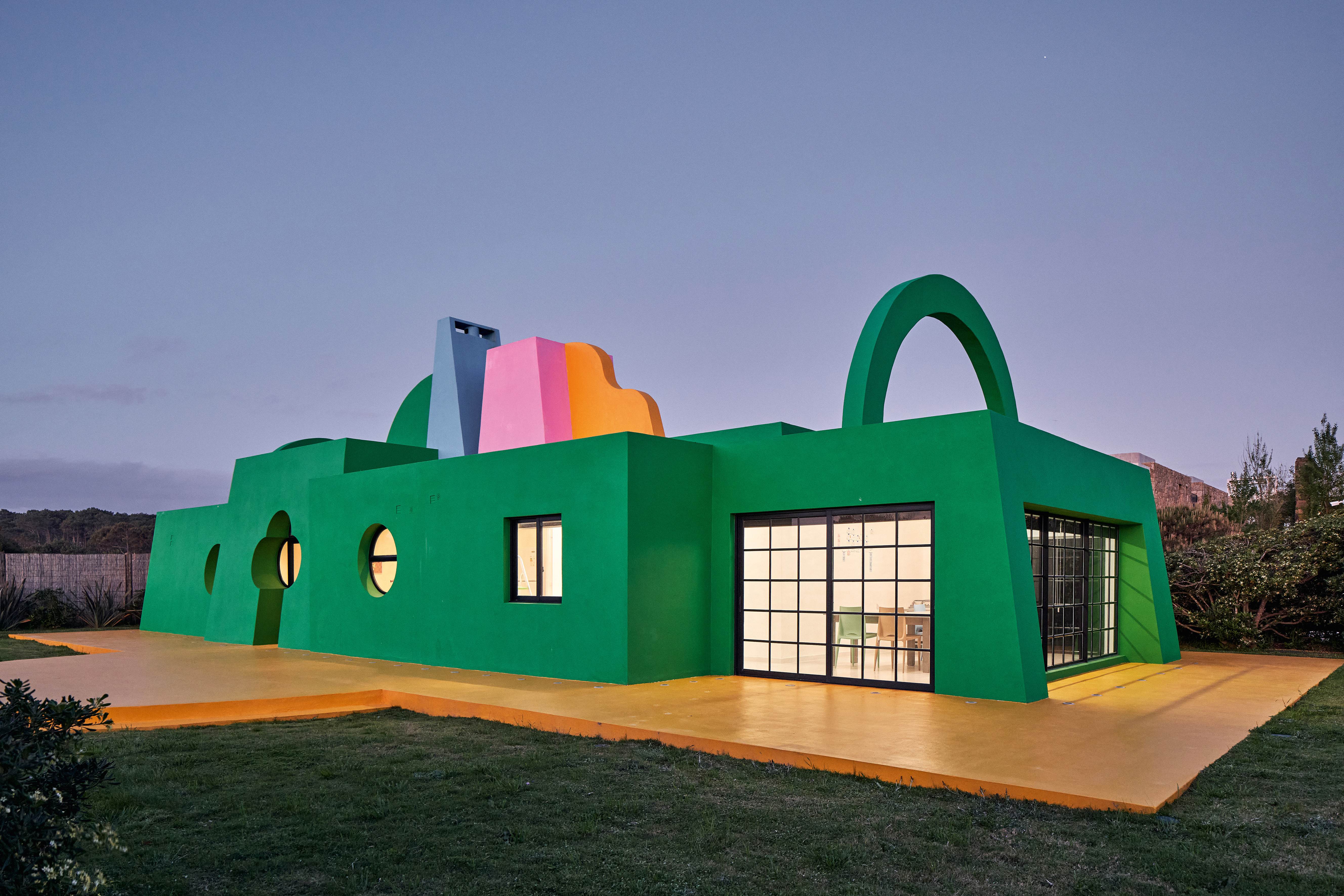 Ten contemporary homes that are pushing the boundaries of architecture
Ten contemporary homes that are pushing the boundaries of architectureA new book detailing 59 visually intriguing and technologically impressive contemporary houses shines a light on how architecture is evolving
-
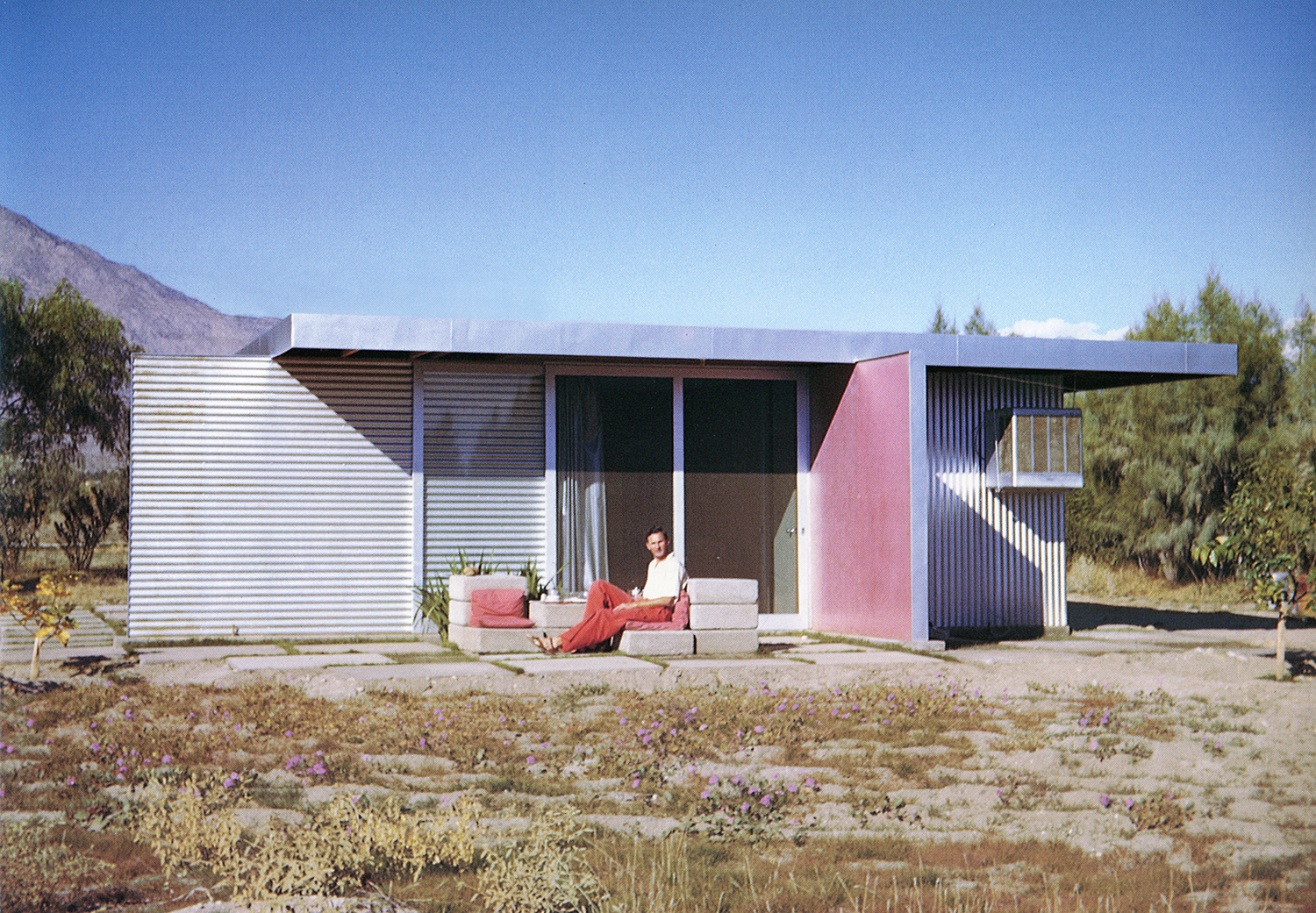 Take a deep dive into The Palm Springs School ahead of the region’s Modernism Week
Take a deep dive into The Palm Springs School ahead of the region’s Modernism WeekNew book ‘The Palm Springs School: Desert Modernism 1934-1975’ is the ultimate guide to exploring the midcentury gems of California, during Palm Springs Modernism Week 2025 and beyond
-
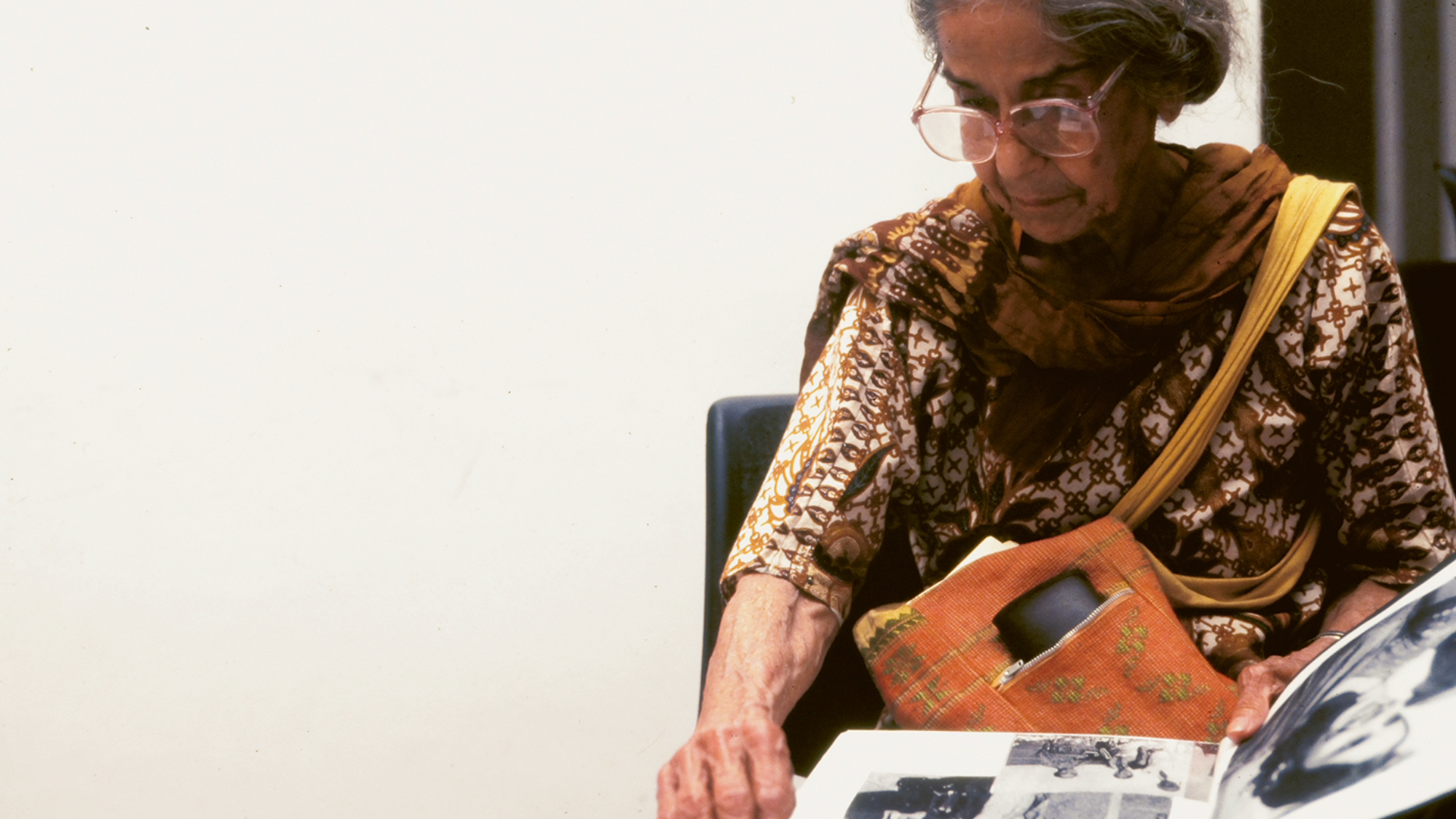 Meet Minnette de Silva, the trailblazing Sri Lankan modernist architect
Meet Minnette de Silva, the trailblazing Sri Lankan modernist architectSri Lankan architect Minnette de Silva is celebrated in a new book by author Anooradha Iyer Siddiq, who looks into the modernist's work at the intersection of ecology, heritage and craftsmanship